Champagne 2004
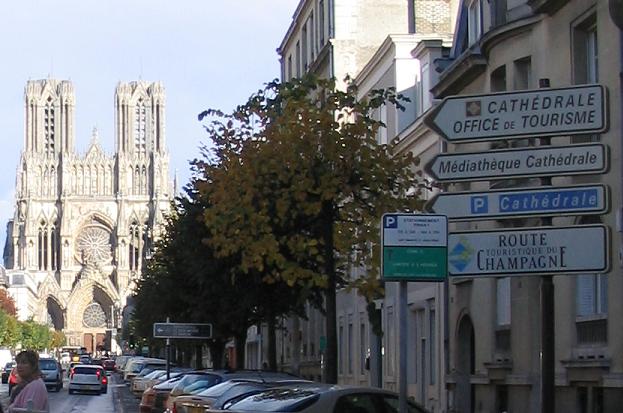
(Reims)
Champagne, the region, is 90 miles northeast of Paris and counts Reims and Epernay as some of its major towns. Beyond being the home to several major champagne houses, Reims is known for the cathedral where French coronations took place, including Charles VII’s made possible by Joan of Arc, until Louis XVI who lost his head during the tumult of French revolution. The cathedral is a dignified architecture that has obviously gone through the best and worst of human history and, despite the non-stop flow of visitors and chatters, there are still areas and corners for respite and meditation.
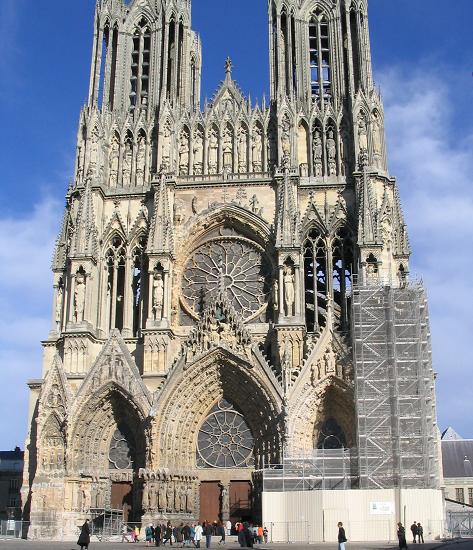
(Cathedral, Reims)
Epernay

Epernay’s Avenue de Champagne boats a parade of champagne houses with imposing facades where you can take pictures in front of the likes of Moet & Chandon, Perrier-Jouet, and Pol Roger. Of course, if these names are a bit too blue-blooded for you and you want an easy primer on the history and making of the bubbly, visit the house of Mercier at the far end of the Avenue de Champagne. As one of the local boutique champagne houses noted with considerable tongue in cheek, Mercier is like Disneyland. The tour is replete with movies, models, a laser-guided tram around the tunnels of the cellar, a guided tour with tall tales, the world’s largest champagne cask (winning the second prize at the Paris World Expo with the top prize going to Mr. Eiffel of the tower fame,) and a glass of Mercier champagne.
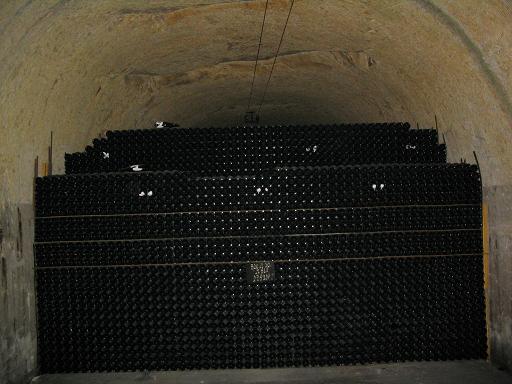
(Mercier tour: storage cave)
A side note on the champagne house classifications that is not often obvious outside of the region.
There are five categories of champagne makers: NM, RM, CM, RC, MA. Majority of the selections seen outside of the region come from one of the major houses categorized as NM such as Moet & Chandon – think Dom Perignon for Ian Flemings’ James Bond. On the other hand, if you can find a bottle by an RM maker, for example, it is often an excellent value because there is no extra margin for the marketing budget.
How do you tell? Look closely at the label for, usually very small, a print showing the classification and the registered number. For example, a bottle of Veuve Clicquot Ponsardin is NM-157-001, whereas a bottle of Marguet-Bonnerave is marked RM-26305-01. Just imagine, after some wine geek exhausted his commentary on the mousse (bubble) of the champagne in the next party, you can sound awfully well informed by complimenting the hostess for her good taste in getting an RM bottle…
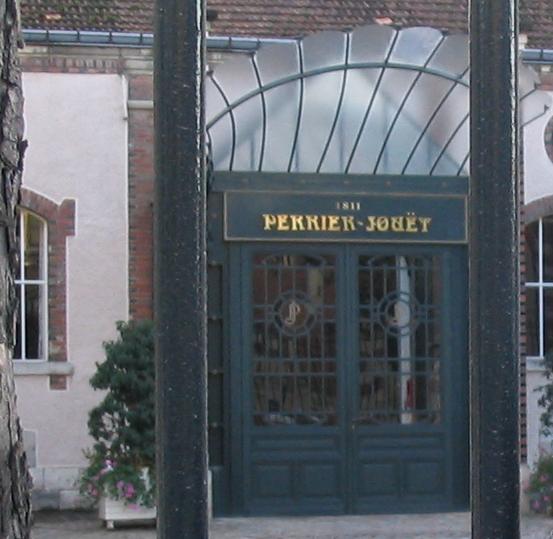
Champagne Classifications
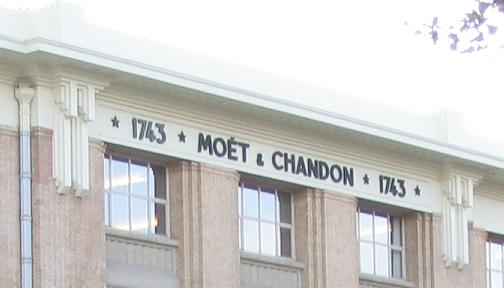
A novelty that is difficult to get outside of Champagne is the regional flat wine - Coteaux Champenois. It pales in comparison to its world renowned sparkling siblings and deepens your admiration for the pioneers, embodied by Dom Perignon in the lore of Champagne, who came up with the way to transform the same ingredients that makes a coteaux champenois into the elixir that is champagne. Nevertheless, treated as a simple table wine, coteaux champenois’s acidity and structure is a very pleasant accompaniment to the regional cooking.
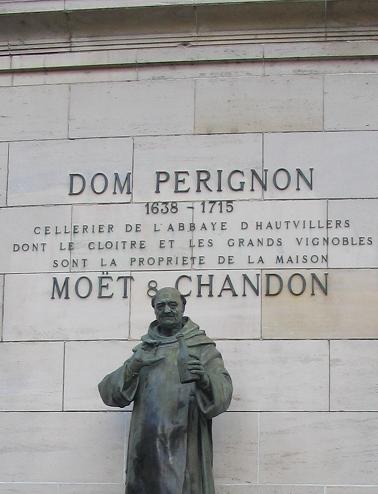
Next Previous
Back to Tour de France 2004 (main index)
(C)2004 GlobalCorners About

1 Comments:
womens viagra viagra pills guaranteed cheapest viagra viagra by mail cheap cheap viagra viagra soft tabs which is better cialis or viagra generic viagra india free viagra without prescription free viagra samples before buying viagra uk cheap purchase buy marijuana and viagra how to get viagra viagra overdose
Post a Comment
<< Home